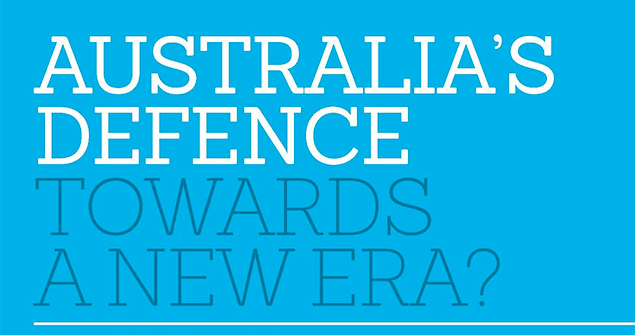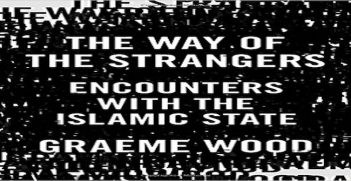Australia’s Defence: Towards A New Era?

Reviewing an edited book is a unique challenge as it involves critiquing the work not of one scholar but of an ensemble. In Australia’s Defence: Towards a new era? we have an ensemble of the first degree. It combines a mix of established experts such as Mark Thomson, Paul Dibb and Richard Brabin-Smith with emerging talents including Peter Dean and Amy King. This review will deal with the book in general terms, making references to some contributors. The omission of others should not been seen as anything other than a necessity.
This book is very much a product of the Australian National University’s (ANU) Strategic and Defence Studies Centre (SDSC) and celebrates the Centre’s founder T.B Millar. Millar’s book is rightly regarded as a seminal text. This new volume should be read partly as a celebration of the Centre’s half century and of the anniversary of the publication of Millar’s book, but also a reminder that Australia’s oldest centre for the study of strategic and defence studies retains a deep pool of talent and a commitment to furthering the debate on defence policy in this country.
As Brendan Taylor notes in his introduction, Australia’s Defence: Towards a New Era takes a deliberately broad approach to defence policy ranging from the politics of the policy process and the culture of the Department through to budgetary matters and force structure. There are too few publications of this scope. Russell Trood’s chapter in particular has a deep relevance as it grapples with the tribes, special interest groups and political realities that face policy makers. Mark Thomson’s chapter is a reminder of his valuable ability to present complex economic realities in a comprehensible and objective manner. Charles Miller adds a welcome new dimension to the study by examining public attitudes to defence policy and defence spending. He presents evidence that suggests people are more robust in their expectations than their representatives give them credit for.
This book does not neglect questions of Australia’s strategic identity which Andrew Carr contends is that of a middle power, nor does it avoid addressing today’s policy challenges and those challenges that we can reasonably assume are emerging. Peter Dean gives a clear eyed and considered reading of the history of the Australian American alliance, noting that the pact has been adaptable to changing strategic circumstances and suggesting that now is the time for a recommitment to ANZUS as a regionally focused alliance.
This book is eminently readable and like Millar’s work is targeted at the intelligent lay-person – a category in which we might hope to place many of the decision makers who come to have so much impact on a policy area in which they are often not well-schooled: ministers and their advisers. We should hope that not only do policy-makers read the book but that they seek out its authors and engage with them to further a debate that is of the utmost importance.
Peter Dean, Brendan Taylor, Stephan Frühling, Australia’s Defence: Towards A New Era?, Melbourne University Press, Melbourne, 2014
Cam Hawker is the President of the AIIA ACT and a former adviser on Defence policy to the Abbott Government. This article can be republished with attribution under a Creative Commons Licence.





